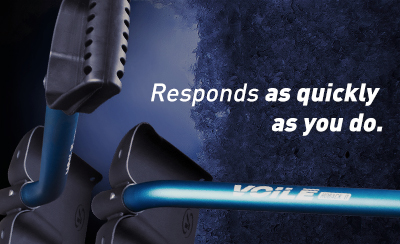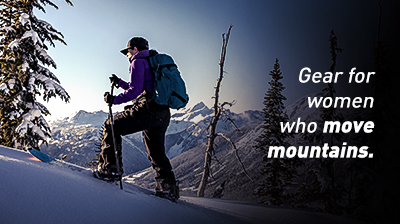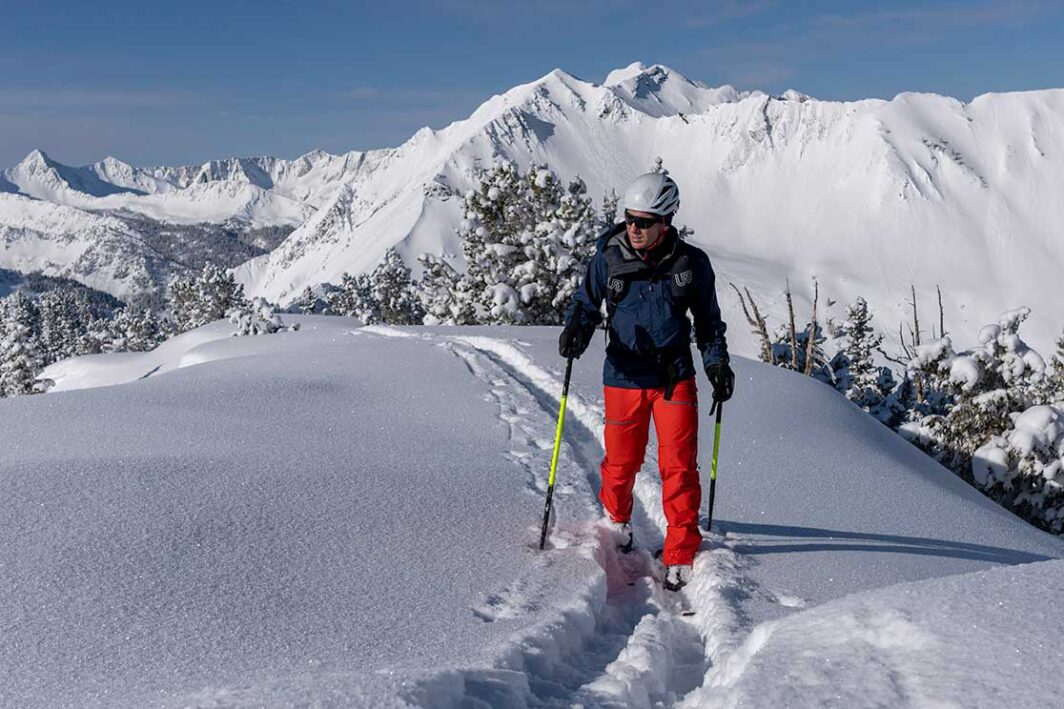
Backcountry Ski Training: Part 2
Share this Post
Fitness is leased, not owned, and the rent must be paid every day.
In Part 1, Backcountry Ski Fitness, I wrote about the importance of intensity in your training plan. I forgot to mention, unless you have already built the proper aerobic base by doing high volume at lower intensities, you are unlikely to benefit from high-intensity training. Even once you develop a large base and begin to incorporate high-intensity training into your regimen, you still need to continue training your aerobic base by doing high volume workouts at lower intensities. Balance is key!
Backcountry Ski Training Disclaimer
I am not an endurance coach. I have been trained by a professional endurance coach for many years. At this point, I know my body pretty well and I understand the quantity and types of training my body can absorb effectively. This will differ from one person to another. What works for me might not work for you. What works for Kilian Jornet certainly won’t work for me. The goal of this article is to inspire and give you insight into how I train and what works to keep me fit and motivated. Ultimately, you will have to figure out what works for you. If you’re unsure, my advice is to start small and build slowly. Building fitness takes time.
Winging It
My training is not nearly as structured as it once was. When I was racing bikes, I had a coach who told me exactly how to train. The length of my workouts, the intensity, the intervals were all specifically defined and it was up to me to hit the numbers. Today, I mostly wing it. I probably only use a watch or cycling computer on 50% of my workouts because I don’t get analytical about my training anymore. Now I just try to keep it fun while keeping the intensity high. I try to listen to my body as much as possible because I know what burnout feels like at this point in my life. Still, I do have weekly goals and I’m always trying to push it.
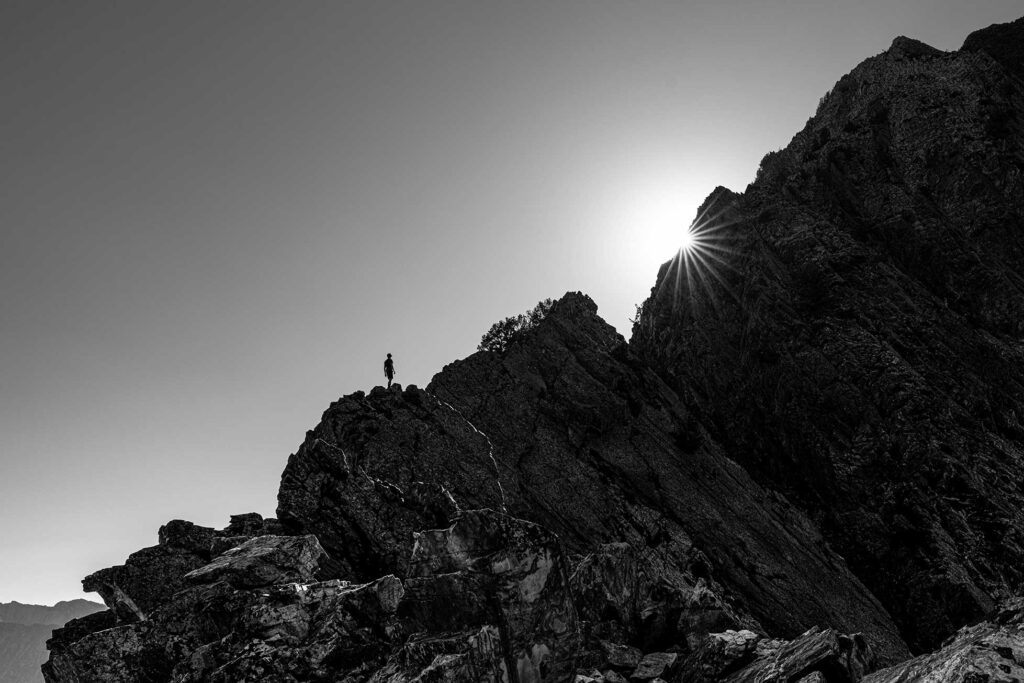
A Typical Backcountry Ski Training Week
In a normal summer or fall week, I try to always do at least three trail workouts on foot consisting of trail running, hiking and ridge scrambling. I usually do two of these during the week before or after work and the duration is typically 2-4 hours for each of those while my weekend jaunt tends to be 5-14 hours on Saturday or Sunday. My total vert builds throughout the summer and by the fall I’m aiming for just under 20,000’ of total vert on foot per week.
I usually work in 2-3 cycling workouts throughout the week with one of them being a longer ride of 4+ hours. Throughout the summer, my longer rides were suspended in exchange for weekend trips to the Tetons. When the temps are good, I try to ride on my lunch break for 60-90 minutes a few times a week.
Rock climbing this year has been tough because of my foot injury back in March, but lately I’ve been trying to go to the rock gym before work 3-4 days a week for a 30-60 minute session on the bouldering wall or auto belays.
My core workouts happen whenever time permits (typically 4-5 times a week) and I’m trying to get better at doing some stretching and yoga every night.
Change in Daylight
One of the most challenging parts of training for ski season is the change in daylight hours as the ski season approaches. This can be a difficult pill to swallow and staying motivated or finding the time to train will become more difficult. I’ll be frank – this is the time of year that separates those who are dedicated from, well, everyone else. Here’s an example of how my backcountry ski training schedule changes from summer to winter:
Summer Training vs Fall Training
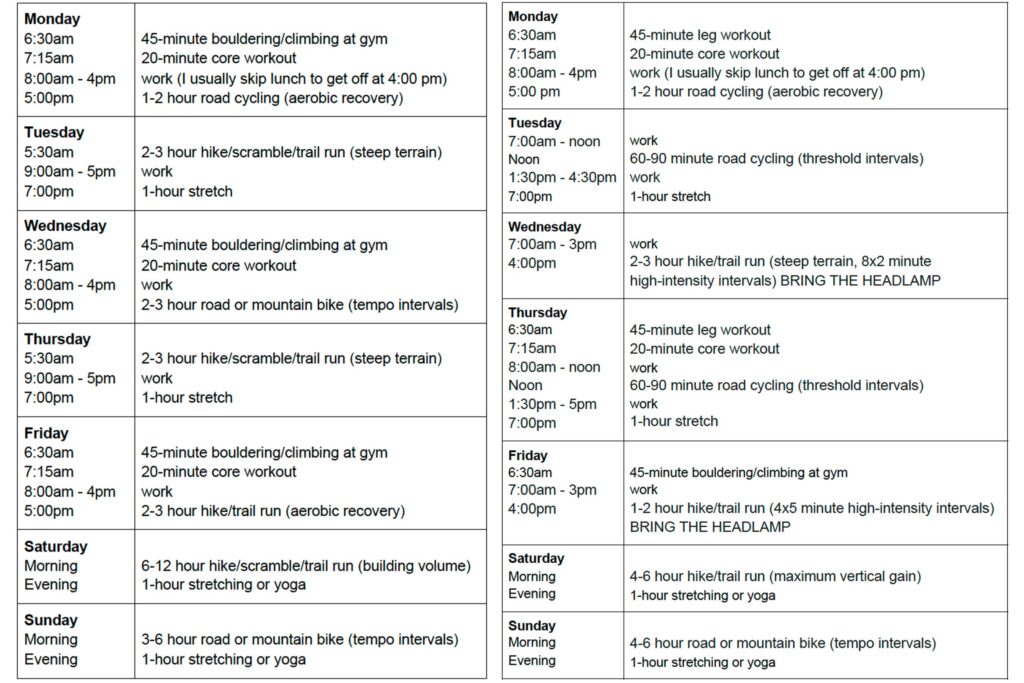
I follow a very similar schedule even after Daylight Saving Time ends. I will use a headlamp for evening runs and move most of my bike rides to lunch and weekends. If the trails are muddy, I don’t mountain bike.
Staying Motivated
And herein lies the rub… Staying motivated to train while life is relentlessly taking you for a ride is difficult, and I won’t pretend that I am the perfect picture of motivation. There are plenty of days that I get off of work, look at my bike, look at my trail shoes, and then walk over to the sofa and throw in the towel on the day. However, what I have found are some very effective ways to keep myself motivated.
Make Friends Who Push You
This is a good way to keep you motivated. When you’re constantly getting destroyed on runs or ski tours, the only logical response is to work hard to get on par with your friends who are applying the pressure. As you would expect, friends who are faster and stronger than you are probably also training a lot, so you’ll have people to train with who will likely push you harder in your workouts.
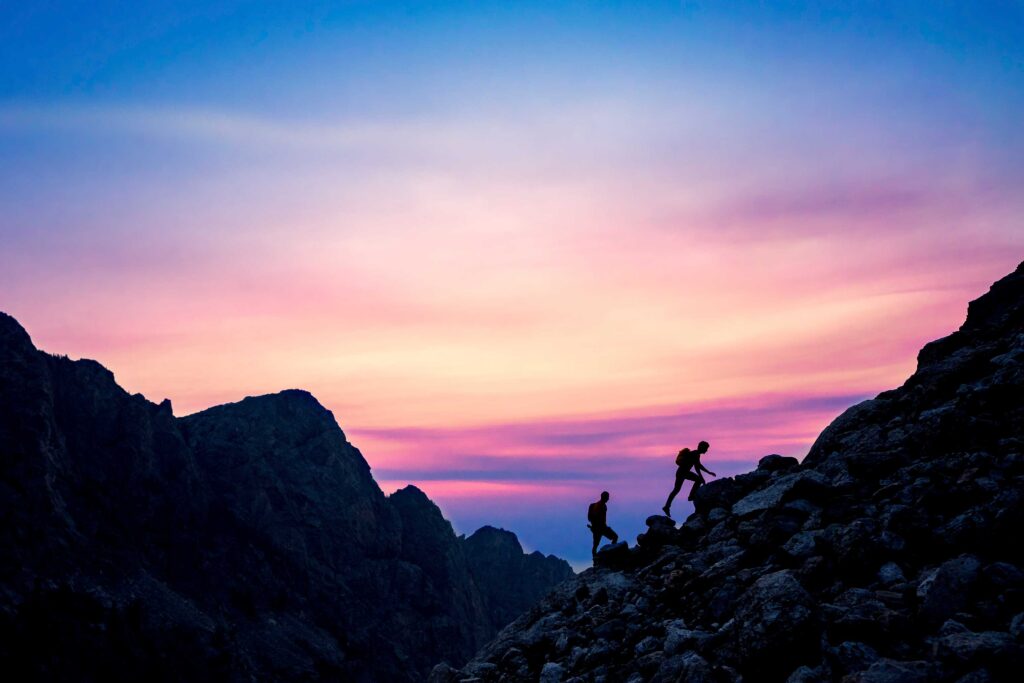
Set Goals
Whether you’re trying to bag a new peak or set a new PR on a local ridge, incremental goals will help keep you motivated. The trick for me has always been to set goals that are reasonable so you can adjust them frequently. Some of my goals this year have been speed based and some have been objective-based. This past summer, I was able to accomplish a lot of those and I had a blast in the process.
It’s been a goal of mine to run/hike/scramble up the South Ridge of Mount Superior in Little Cottonwood Canyon in under 60 minutes. I just recently made it happen. This has been a goal of mine for a while, and now that I accomplished it, 55 minutes is the new goal. Another speed goal of mine is to get up the West Face of Grandeur Peak in under 50 minutes. I hope to knock that goal down in the coming weeks.
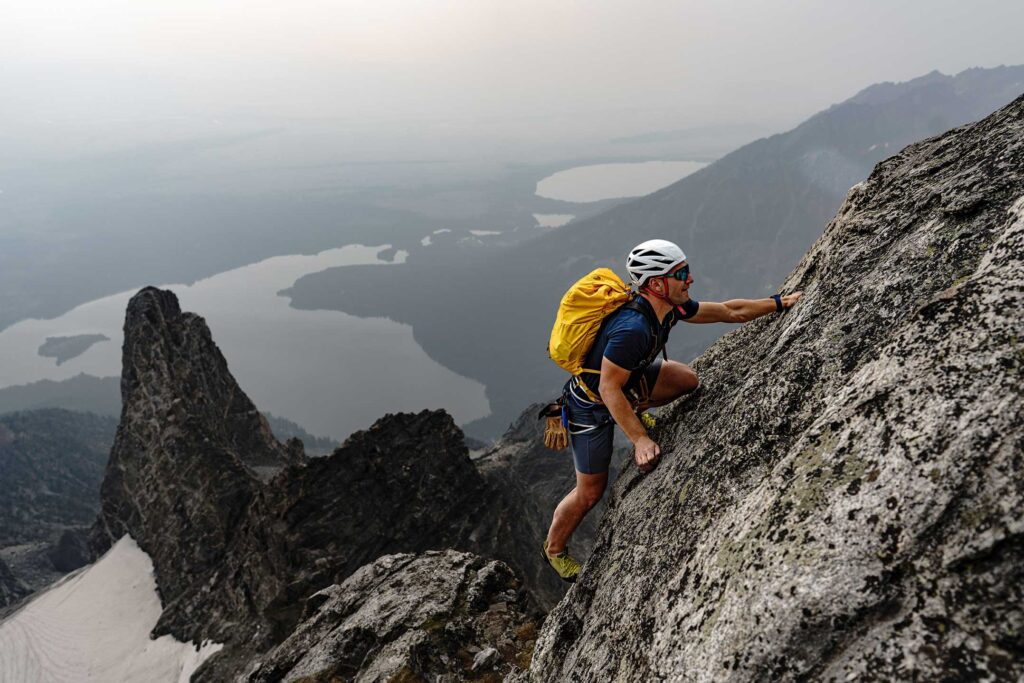
Say Yes
One thing I see a lot from athletes – and I make a conscious effort to avoid – is becoming so entrenched in training that you lose your sense of spontaneity and miss out on the fun. When friends call me with an opportunity to join in on a fun outing, I try to always say yes, remembering that it is for these outings that I train. Don’t let your training get so regimented that you miss out on these opportunities. Have fun!
Make Goals Around Things You Enjoy
This past summer, I was also able to climb a number of peaks in the Tetons. Over the span of a few weeks I climbed The Grand Teton (via the Owen Spalding), Teewinot (twice), Mount Moran (via CMC Route), and Middle Teton. These were all amazing backcountry ski training days but also amazing experiences that felt more like “living” than “training.”
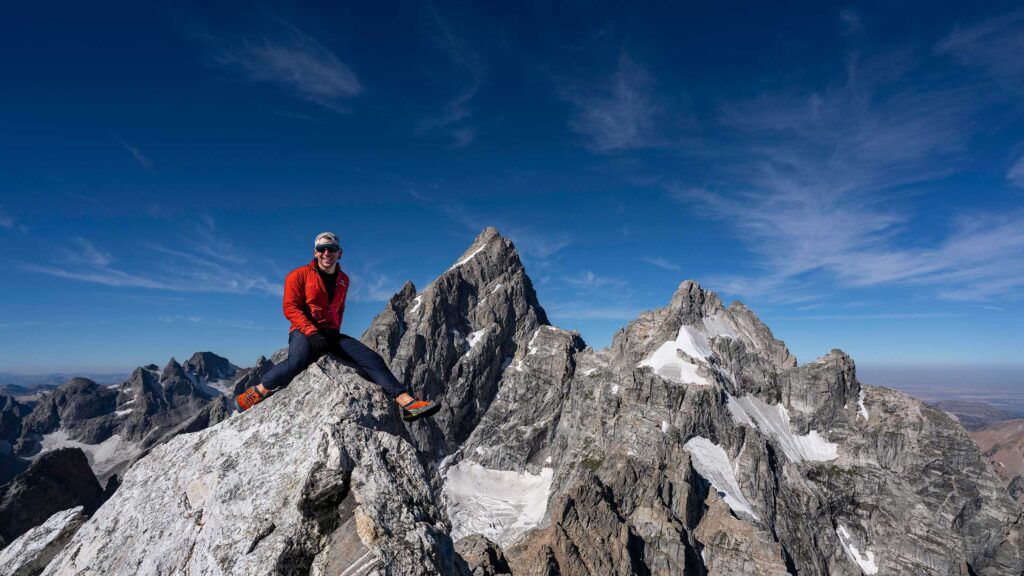
Win the Morning
If you’re like me, and you have a full time job, among other annoying adult responsibilities, fitting in all of the training can be difficult. That is why you must try and win the morning. Waking up early to suffer takes an enormous amount of motivation. What I have found is that if I make plans with people to get in some early morning training before work, I am far more likely to successfully keep those plans because I don’t want to bail on my friends. I’ve also found that because most days are unpredictable, there’s no way to predict whether we will have a good day or bad day at work that might influence our motivation in the afternoon.
Early morning backcountry ski training also provides me with the opportunity to shoot amazing photos with sunrise light and generally puts me in a far better mood for the remainder of the day. Lately, I’ve actually been trying to train in the morning and afternoon 3-4 days a week.
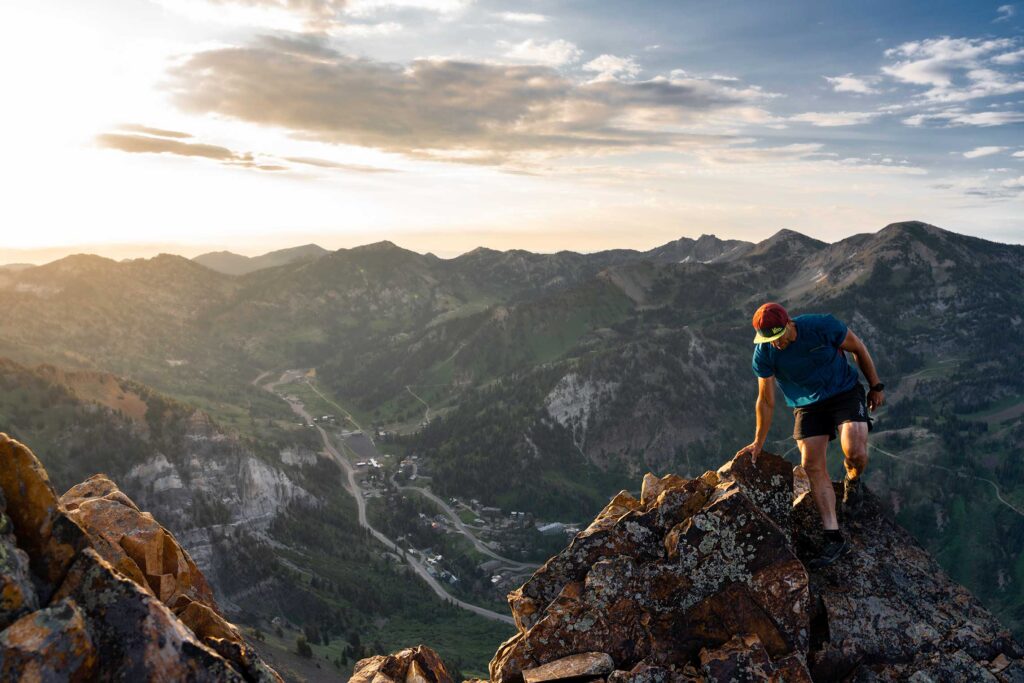
Be Reasonable
It doesn’t do you any good to go crazy for a month and burn out and then take a month off. Build your volume and intensity at a reasonable rate and remember to take a recovery week every four weeks or so where you reduce volume by 30% or so before building back up again. Set goals that can be achieved frequently instead of far-out dreams that can easily be abandoned. Don’t be too hard on yourself and remember that backcountry ski training a little is far better than not training at all and consistency is key. Don’t spend three months building fitness and give it all back by taking a month off. Fitness is leased, not owned, and the rent must be paid every day.
If you haven’t read it yet, check out “Backcountry Ski Fitness Part 1” by Mark LeBlanc.
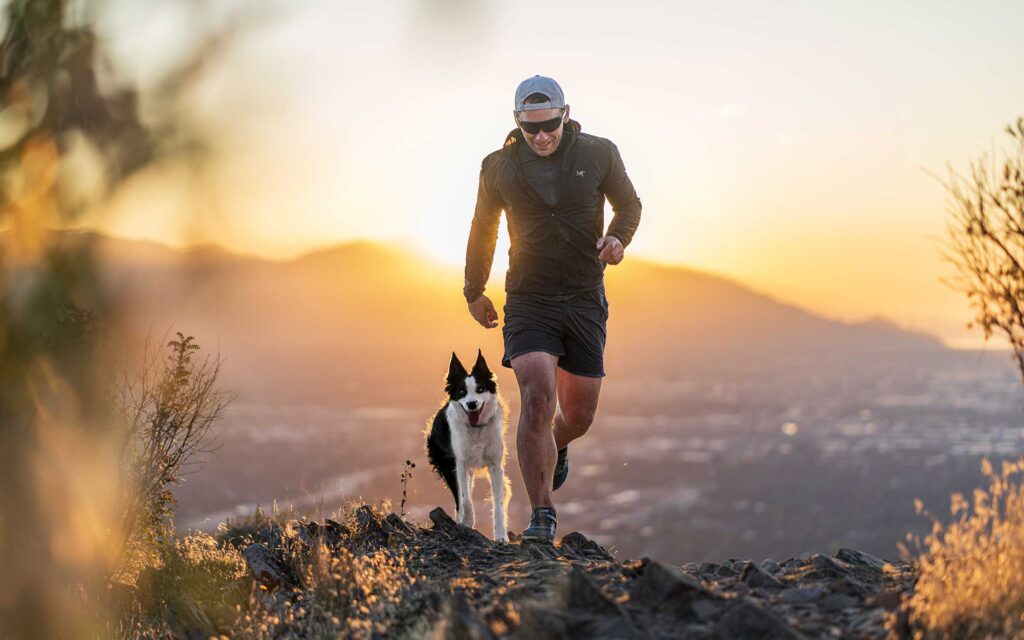
About the Author
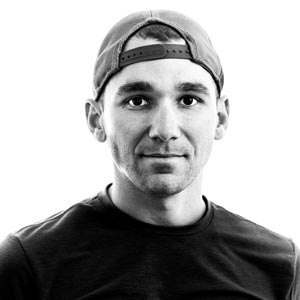
Mark LeBlanc
Location: Salt Lake City, UT
Top Gear Picks: Hyper V6 178cm / Objective 178cm
Website: www.thelivingequation.com
Instagram: @markcleblanc
Mark is a Cajun flatlander turned mountain athlete who was born and raised in south Louisiana. The high point on his calendar year after year was his annual trip out west to the mountains of Colorado, Wyoming and of course, Utah. His passion for mountain sports is rivaled only by his love of adventure, travel and photography. His motto is “Always say yes” meaning he rarely turns down an invitation and that frequently puts him in challenging situations where he feels most alive. “If there isn’t some uncertainty in the outcome, it’s not an adventure."
His athletic background goes back to his earliest opportunities as a young child in team sports, but it was his success as a competitive cyclist and endurance athlete that has most influenced his ability to suffer in pursuit of his goals. As soon as his engineering career presented the opportunity, he and his wife moved to Salt Lake City where they could have daily access to mountain life. Mark spends his summers cycling, trail running and rock climbing. His summer activities are largely focused on sharpening skills and building fitness for the winter where ski mountaineering and backcountry skiing take focus. In true form as a professional photographer and film maker, he never leaves home without his camera and he approaches photography as an athletic pursuit. His passion for photography is in capturing the determination of humans in beautiful and challenging environments.
Share this Post





